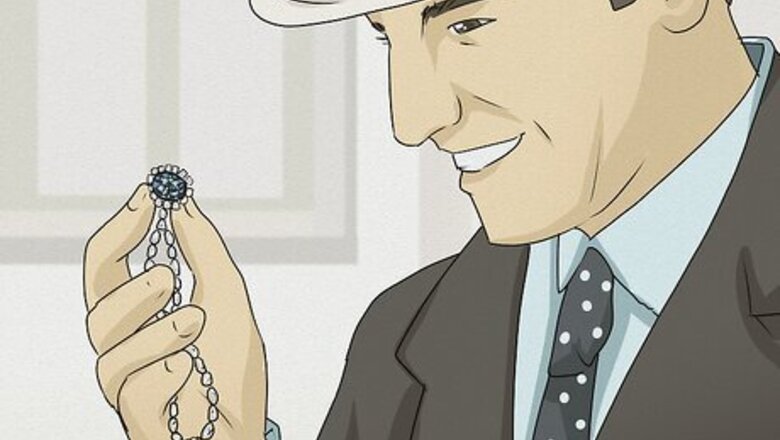
views
The Hope Diamond Curse Explained
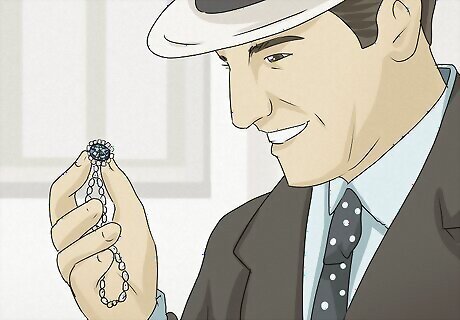
The legend of the Hope Diamond curse began in the 1910s. At this time, newspapers began publishing articles about the Hope Diamond being cursed—claiming that most of its owners, wearers, or handlers experienced tragedy after coming into contact with the gem. 1910 is the same year famous jeweller Pierre Cartier purchased the diamond and supposedly spun his own tales about the curse to entice potential buyers. The timeline of the curse itself begins in the 1660s, when a French merchant either purchases or steals the stone that will be cut into the present-day Hope Diamond.
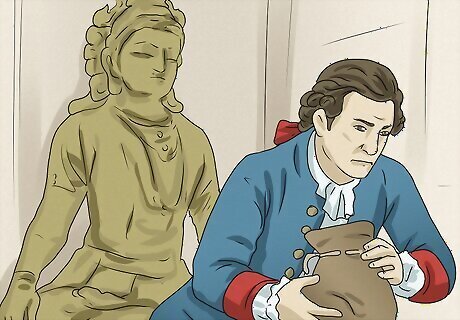
People attribute the Hope Diamond curse to theft and greed. Cartier claimed the Hope Diamond curse came from French merchant Jean-Baptiste Tavernier stealing the diamond from a statue of a Hindu goddess, but there is no evidence this happened. Another theory is that the diamond attracts wealthy people whose curse is their own greed.
History & Victims of the Hope Diamond Curse

In the 17th century, a French merchant purchased the uncut stone in India. According to various accounts, the first curse victim—Jean-Baptiste Tavernier—bought the diamond while traveling in India in the 1660s. The beautiful blue diamond likely originated from the Kollur mine in Guntur, then part of the Golconda kingdom. Myth holds that Tavernier died in a wild dog or wolf attack in Russia, but there’s no evidence to support this. When Tavernier brought the uncut diamond back to France, it became known as the Tavernier Blue. Before being cut, the diamond weighed an estimated 115 carats. Hope Diamond owner Pierre Cartier claimed Tavernier stole the Hope Diamond from a Hindu idol of the goddess Sita, leading to the famous curse. However, the truth of this claim is dubious.
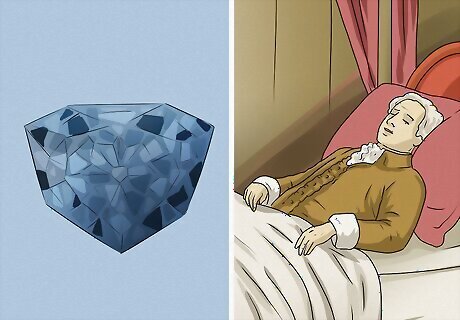
In 1668 or 1669, Tavernier sold the diamond to King Louis XIV. It would stay with the French royal family for a little over a century. The King ordered that the Tavernier Blue diamond be recut from its triangular shape into a roughly 69-carat heart shape. A supposed victim of the curse, he died painfully from gangrene in 1715. Today, the heart-shaped diamond is known as the French Blue. Another curse victim is Nicolas Fouquet, superintendent of finances for King Louis XIV. He supposedly wore the Hope Diamond once and was banished and imprisoned for 15 years until his death. In 1749, King Louis XV had a jeweler set the French Blue into an elaborate emblem of the Order of the Golden Fleece.
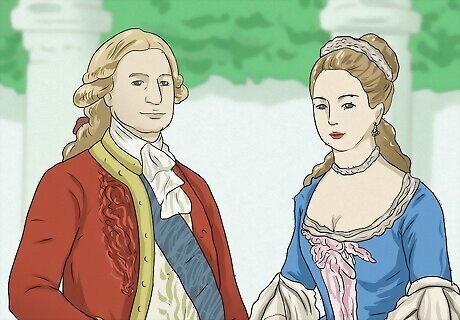
In the 1790s, the diamond disappeared amidst the French Revolution. After the 1791 executions of King Louis XVI and Marie Antoinette, the revolutionary government seized all royal jewels—including the French Blue. In 1792, looters stole the French Blue and other Crown Jewels from the Garde-Meuble. Louis XVI and Marie Antoinette, who inherited the Hope Diamond, are the most famous victims of the Hope Diamond curse. Marie Louise, Princesse de Lamballe, is another curse victim from this time. An associate of Marie Antoinette, she supposedly wore the Hope Diamond. An angry mob murdered her during the Revolution. During the diamond’s disappearance, some believe it ended up in Spain. A Goya painting shows a similar gemstone worn by Spanish Queen Maria Luisa. The curse may have led to her husband’s forced abdication from the throne and the two having to flee the country.
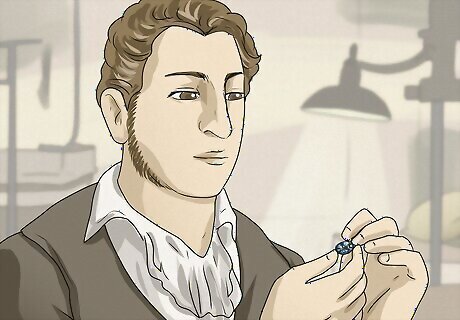
In 1812, the recut diamond reappeared in London. It now weighed only 45.5 carats, having been recut by Wilhelm Fals according to legend. While there’s no verification, it’s been reported that Fals’ son murdered him, stole the diamond, and later took his own life. The stone resurfaced in London under the ownership of diamond merchant Daniel Eliason. The UK’s King George IV is another supposed victim. A rumored owner of the diamond, he died in 1830 and was deeply in debt—supposedly forcing his estate to sell the diamond.
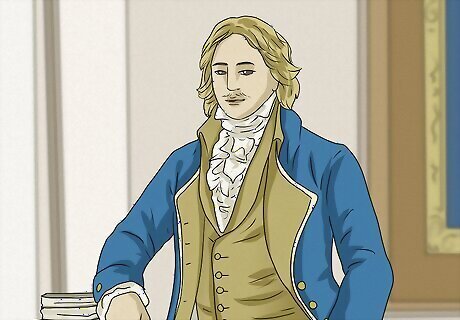
In 1839, records confirmed the Hope family now owned the stone. Supposedly, banker and designer Thomas Hope purchased the stone shortly before his death in 1831—was his death caused by the curse? In 1839, his brother Henry Philip Hope listed the Hope Diamond in a catalog detailing his gem collection, suggesting he purchased or inherited it from Thomas. After the Hope family acquired the stone, it became known as the Hope Diamond. The Hope Diamond stayed in the Hope family until 1901, when Lord Francis Hope sold it to relieve his debts—his debt making him another supposed victim of the curse. French gemologist Charles Barbot publicly speculated that the Hope Diamond was the recut French Blue in his 1858 book Traité Complet de Pierres Précieuses. Another Hope family victim is May Yohé, an actress and the ex-wife of diamond owner Lord Francis Hope. She had several failed marriages after divorcing Hope, and died penniless.
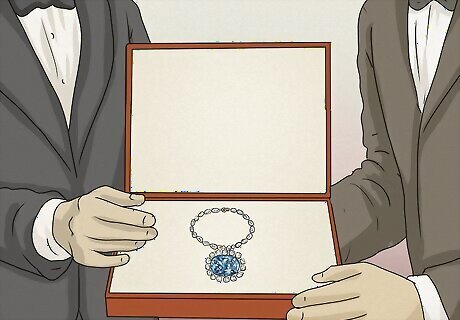
Between 1901 and 1909, the diamond regularly changed ownership. Various jewelry merchants bought and sold the gem. In either 1908 or 1909, Turkish diamond collector Selim Habib purchased it from Joseph Frankel’s Sons & Co. However, he sold it in 1909 due to financial troubles, so some consider him another victim of the curse. It continued to pass through different jewelers until 1910. The New York Times erroneously reported that Habib drowned in a shipwreck, taking the diamond with him. He’d actually already sold the diamond and was not on the boat.
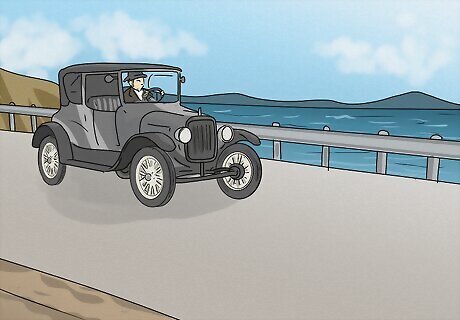
In 1910, Cartier purchased the Hope Diamond. Pierre Cartier supposedly wove the myth of the diamond’s curse to publicize it and entice potential buyers. He bought it from Greek merchant Simon Maoncharides, who allegedly drove his car off a cliff to take his life after selling the diamond. Maoncharides is considered a victim of the curse, but Cartier is not.

In 1912, Cartier sold the diamond to socialite Evalyn Walsh McLean. McLean and her family would come to be considered victims of the Hope Diamond Curse due to various personal tragedies. However, McLean held onto the diamond until her death in 1947. McLean lost her first-born son, nine-year-old Vinson McLean, when he was struck by a car outside their home. Her only daughter died of an accidental drug overdose at 25 years old. Her husband, Ned McLean, cheated on her and was later declared insane. McLean was also the victim of a conman connected to the Lindbergh kidnapping who scammed her out of $100,000. McLean left the Hope Diamond to her grandchildren, but they sold it to help pay off her debts in 1949.
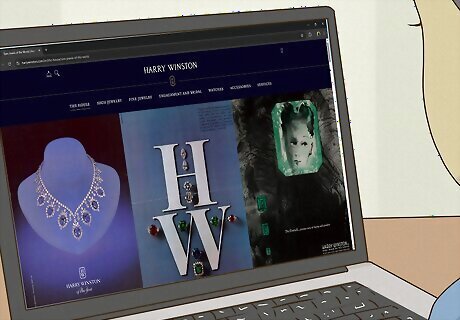
In 1949, Harry Winston purchased the Hope Diamond. The jeweller included the gem in his traveling “Court of Jewels” exhibit, which raised money for local charities. The exhibit also featured the Star of the East diamond and a 337.10 carat sapphire. He’s not considered a victim of the curse.

In 1958, Harry Winston, Inc. donated the diamond to the Smithsonian. James G. Todd, the postman who delivered the Hope Diamond to the Smithsonian Institute, is the final victim of the curse. In the year after making the delivery, he experienced two automobile accidents that left him with a crushed leg and a head injury. He also lost his wife to a heart attack and his dog to an accident. Finally, a fire partially destroyed his home. While the Smithsonian has loaned out the Hope Diamond for displays around the world, it remains in their possession to this day. In 2010, the Hope Diamond was the most-visited exhibition at the Smithsonian.
About the Hope Diamond
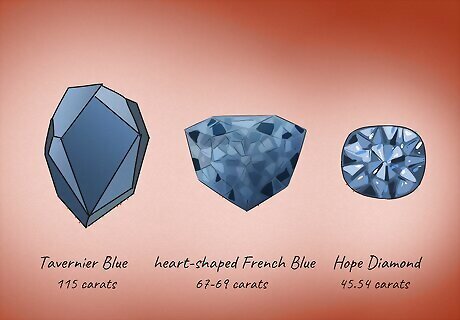
The Hope Diamond weighs 45.54 carats. Sources estimate the original diamond, the Tavernier Blue, weighed 115 carats. When Kind Louis XIV recut the stone into the heart-shaped French Blue, it dropped to 67-69 carats. While it was missing, it was recut to its current weight.
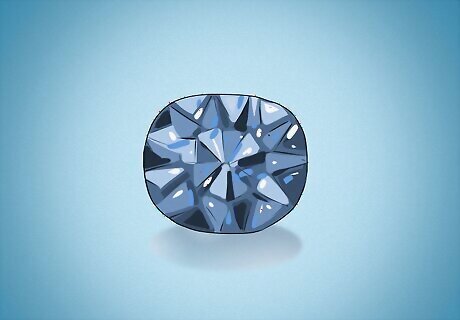
The Hope Diamond is cushion shaped. While it was originally triangular as the Tavernier Blue and the heart-shaped as the French Blue, the Hope Diamond is currently cushion shaped. It has a mostly square cut, but also features rounded corners.
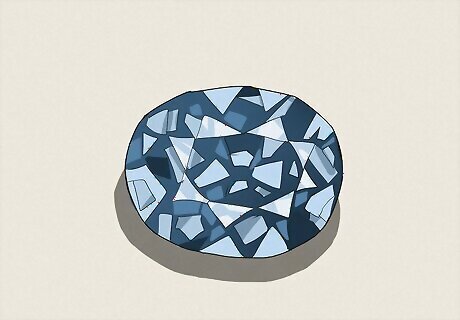
In regular light, the Hope Diamond is dark blue. Specifically, the Smithsonian Institute describes it as a dark gray blue. The diamond’s spectacular color, along with its hefty size, make it unique among gemstones.
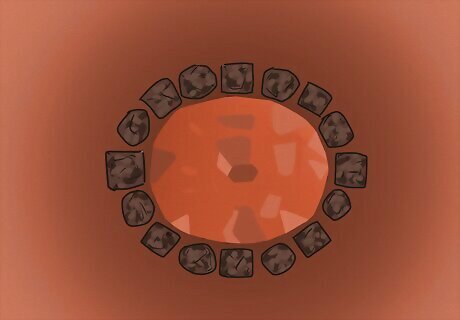
Under UV light, the Hope Diamond glows red. After being exposed to ultraviolet light for just a few seconds, the diamond produces a bright red phosphorescence—a natural glowing light. This blood-red hue is counted as evidence of the curse because it’s hidden in regular light, the color symbolizes violence, and it’s an unusual color for a blue diamond to emit. Most blue diamonds have a bluish-white phosphorescence.
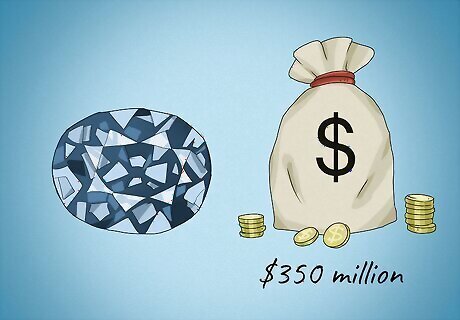
The Hope Diamond is worth between $200 and $350 million. While there’s no specific valuation of the Hope Diamond in its current state, its beauty, size, and alluring history make it undoubtedly valuable. Some estimate the Hope Diamond is worth between $200 and $350 million today. Other large blue diamonds have sold for over $30 million at auction in recent decades.
Is the Hope Diamond Curse real?
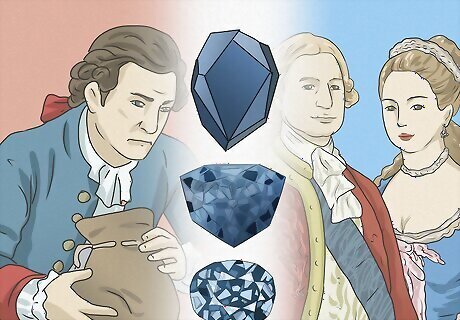
The Hope Diamond curse is not real. Most of the supposed examples of the curse are either unverified or can be explained by other factors besides ownership of or contact with the diamond. For example, there’s no evidence that Tavernier stole the diamond from a Hindu idol. Similarly, many political and economic factors contributed to the executions of King Louis XVI and Marie Antoinette, two famous “victims” of the curse. Lists of victims of the Hope Diamond often ignore its owners or handlers who did not experience tragedies in their lives—such as Pierre Cartier and Harry Winston.
Frequently Asked Questions
Did Elizabeth Taylor own the Hope Diamond? No, Elizabeth Taylor never owned the Hope Diamond. She received a different diamond, known as the Taylor-Burton Diamond, from her husband Richard Burton. After their divorce, she sold the Taylor-Burton diamond in 1979.
Is the Hope Diamond on display the real one? Yes, the Smithsonian Institution displays the real Hope Diamond. While individuals and museums will sometimes display duplicates of priceless items to protect them from theft or damage, there’s no evidence that the Smithsonian Institution has done this with the Hope Diamond. It’s been on display for over 50 years without being stolen or damaged.
Was the Hope Diamond on the Titanic? No, the Hope Diamond wasn’t on the Titanic. Pierre Cartier sold the diamond to Evalyn Walsh McLean in 1912, the same year the Titanic shipwreck occurred. However, the film Titanic features a large blue diamond set with white diamonds that resembles the Hope Diamond. This fictional diamond is called the Heart of the Ocean.










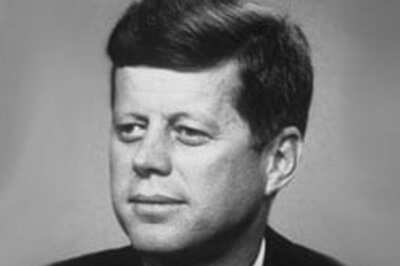



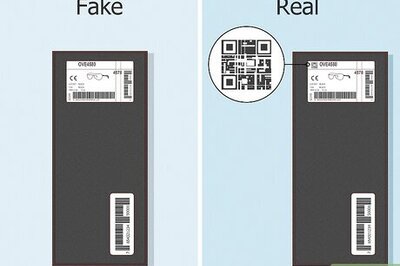


Comments
0 comment